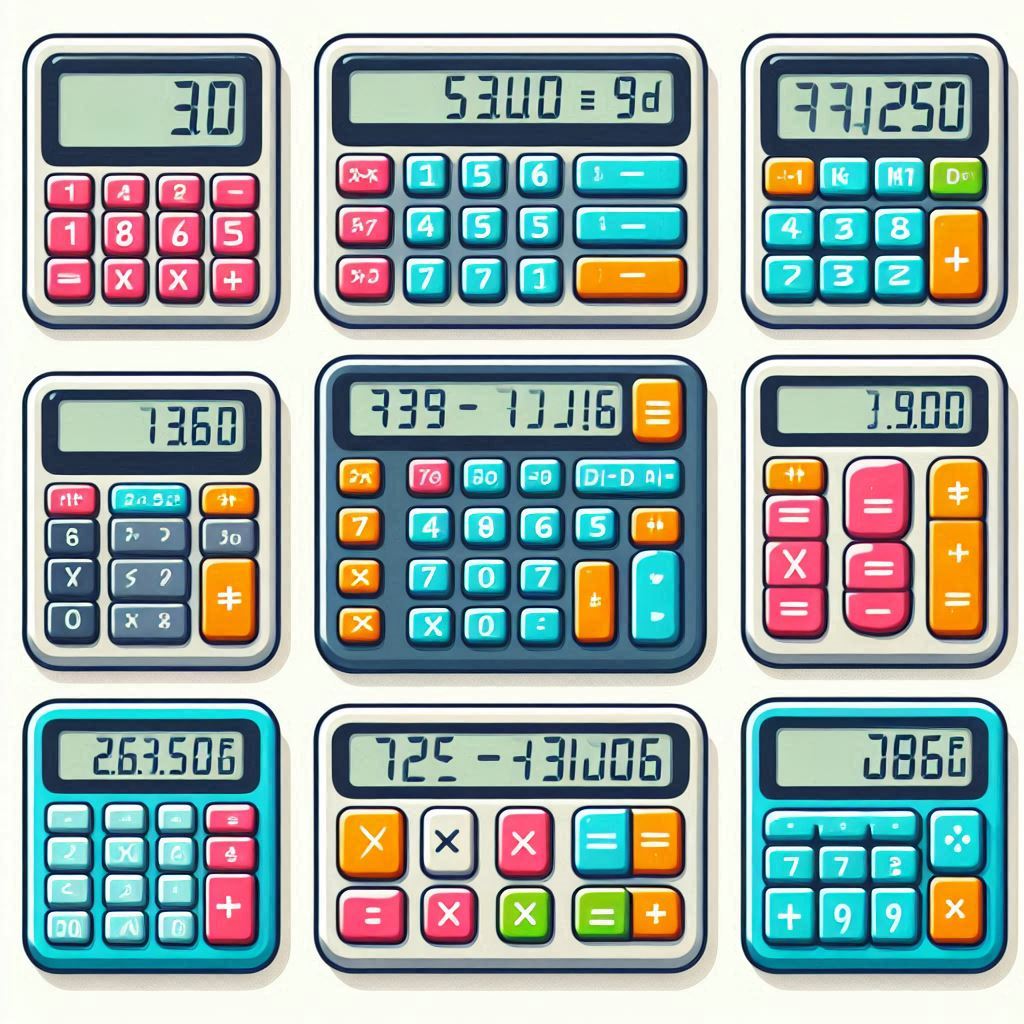How to Calculate Hours in Excel: A Comprehensive Guide
본문

How to Calculate Hours in Excel: A Comprehensive Guide
Calculating hours in Excel can be an essential skill for professionals in various fields, be it for time tracking, project management, or payroll processing. I find that mastering this functionality significantly enhances productivity and allows for informed decision-making. In this article, I will share my knowledge on how to efficiently calculate hours in Excel. We will explore formulas, utilize functions, and discuss (please click the next web page) specific scenarios that demonstrate the powerful capabilities of Excel when dealing with time.

Understanding Time Format in Excel
Before diving into calculations, it is essential to understand how Excel handles time. Excel stores time as a fraction of a day. For example:

- 12:00 PM is represented as 0.5 (half a day).
- 6:00 AM is represented as 0.25 (a quarter of a day).
This fractional representation is critical when performing calculations, as it allows us to manipulate time intuitively.
Formatting Time Cells
To ensure that Excel interprets your time inputs correctly, follow these steps:
- Select cells where you want to enter time.
- Right-click and choose Format Cells.
- In the Format Cells dialog, go to the Number tab and choose Time.
- Select your preferred time format (e.g., 13:30 for 24-hour format or 1:30 PM for 12-hour format) and click OK.
Basic Time Calculations
Addition of Hours
To add hours together, simply input the times in separate cells and use the following formula:
= A1 + B1Example
| Time 1 | Time 2 | Total Time |
|---|---|---|
| 4:30 | 2:15 | =A1 + B1 |
In this case, the total time would be 6:45.
Subtraction of Hours
To find the difference between two time entries, use:
= A2 - B2Example
| Start Time | End Time | Duration |
|---|---|---|
| 9:00 AM | 1:30 PM | =B2 - A2 |
In this example, the duration will be 4 hours and 30 minutes.
Calculating Total Hours with Different Formats
Sometimes, you may need to calculate total hours worked over several days or shifts. For this situation, summing up a range of cells can be effective.
Using the SUM Function
You can use the SUM function to total hours over a range:
= SUM(A1:A10)This formula would sum all time values in cells A1 through A10.
Handling Time Over 24 Hours
If your total hours exceed 24, you may need to modify the format of the cell where you display the result. Right-click the result cell, choose Format Cells, and select a custom format. Use [h]:mm to display hours beyond 24.
Example
| Time Worked |
|---|
| 10:00 |
| 5:30 |
| 8:45 |
| Total |
=SUM(A1:A3) sets to format [h]:mm which would result in 24:15 |
Advanced Calculation Techniques
Calculating Work Hours
To calculate total work hours considering breaks, I can use conditional formulas to adjust for lunch breaks or other interruptions. For instance, if my work starts at 9 AM, ends at 5 PM, and includes a 30-minute break:
= (End Time - Start Time) - Break TimeExample
| Start Time | End Time | Break Duration | Total Worked |
|---|---|---|---|
| 9:00 AM | 5:00 PM | 0:30 | =(B2-A2)-C2 |
The resulting duration will be 7 hours and 30 minutes.
Utilizing the NETWORKDAYS Function
To find the total hours worked within specific workdays (excluding weekends and holidays), I often employ the NETWORKDAYS function. It helps to calculate weekdays between two dates, providing a reliable framework for calculating work hours effectively.
= NETWORKDAYS(Start Date, End Date) * Daily Work HoursExample
If I work 8 hours a day from Monday to Friday, I can track productivity within a specific timeframe with this formula.
FAQs
1. How do I enter a time cell in Excel?
You can input times by simply typing them in the format "HH:MM AM/PM" or "HH:MM" for 24-hour format.
2. What if the time calculation yields a negative value?
Time in Excel can return negative values if the start time exceeds the end time. To address this, ensure your entry order is correct or use the ABS function to return a positive number.
3. Can Excel handle multiple time zones?
Excel can manage time zones by converting the time using additional formulas. For example, if East Coast (UTC-5) is converted to West Coast (UTC-8), I may apply a formula to adjust the hours accordingly.
4. How do I calculate elapsed time without dates?
You can subtract one time from another directly if you don’t have dates. Make sure to format the cell correctly to avoid errors.
Conclusion
Understanding how to calculate hours in Excel empowers individuals and organizations alike to better manage time and resources. By using the steps, formulas, and techniques outlined in this article, I believe anyone can improve their Excel skills significantly. Mastering these operations not only saves time but enhances productivity in various professional settings.
"Time is what we want most, but what we use worst." – William Penn
With diligence and practice, your ability to calculate time in Excel will become second nature, making you more effective in your role.




댓글목록 0